http://www.wildbirdseeds.co.uk/lincs/index.php/whats-that-bird-mainmenu-7/59-waxwing#sigProId2968b93341
Identification
Even non-birdwatchers get excited about these distinctive, colourful and amazingly approachable birds.
Only seen in Britain in winter, there are good years and others when none arrive. In a good year the usually offer ample opportunity to appreciate their sandy plumage with a full crest, black bib, yellow tips to the tail feathers and white markings in the wings.
Even the little red waxy tips where they get their name can often be seen very well.
Habitat
Breeds in Norther Europe in coniferous woodland with deep undergrowth. Winters in gardens, parks, hawthorn thickets and hedges.
Behaviour
In winter they feed in tight flocks which take part in 'feeding frenzies'.
The whole flock may spend a great deal of time at the top of a tall tree, calling loudly, then, as if at a signal, they will descend 'en masse' into a bush full of berries, feed like crazy for a few minutes then all suddenly return to their treetop vantage point.
In those few minutes they can completely strip at least part of the bush, sometimes leaving another part of the same bush totally untouched.
Migration
A partial migrant with some birds travelling to the UK during most winters.
For more details click here
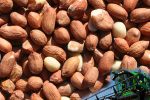

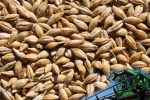
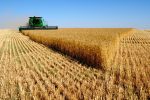
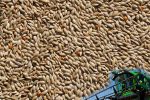

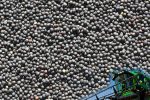


 What you feed is very important, there is a huge range of products you can feed
What you feed is very important, there is a huge range of products you can feed